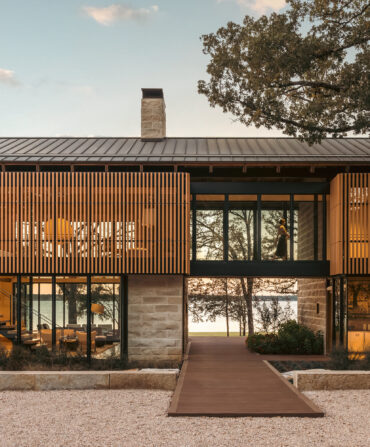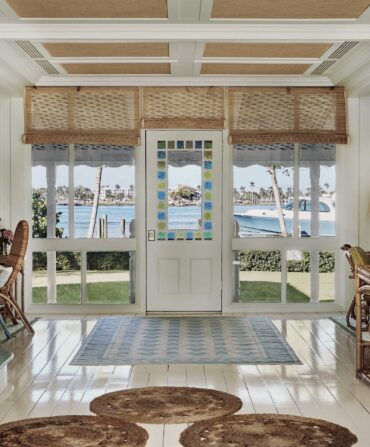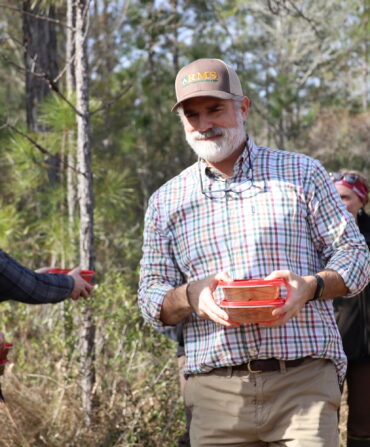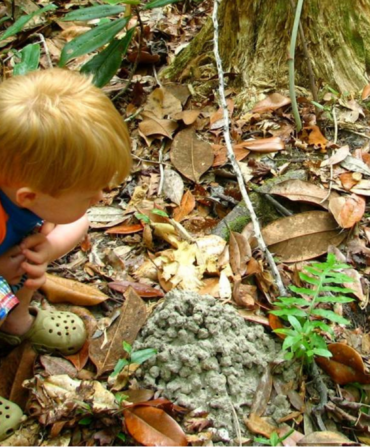Home & Garden
Uncovering a Mystery of Coastal Architecture
Commonly found at Palmetto Bluff, tabby is a material with deep Lowcountry roots
Sponsored Content


Photo: courtesy of palmetto bluff
Once as synonymous with the Lowcountry landscape as Spanish moss, a cornerstone of South Carolina’s coastal architecture has largely disappeared from memory: Tabby, a mixture of lime, water, sand, oyster shells, and ash, was commonly used by Lowcountry settlers in the 1700s and 1800s as a key building material. Over the last few decades, a team of archaeologists has begun to uncover the crucial role tabby played in the evolution of communities in Beaufort County, South Carolina, and beyond.
“It is amazing how a material can go from plentiful just 250 years ago to eluding historical scholars for the last forty years,” says Colin Brooker, a Beaufort County architect and one of the world’s leading experts on tabby history and design.
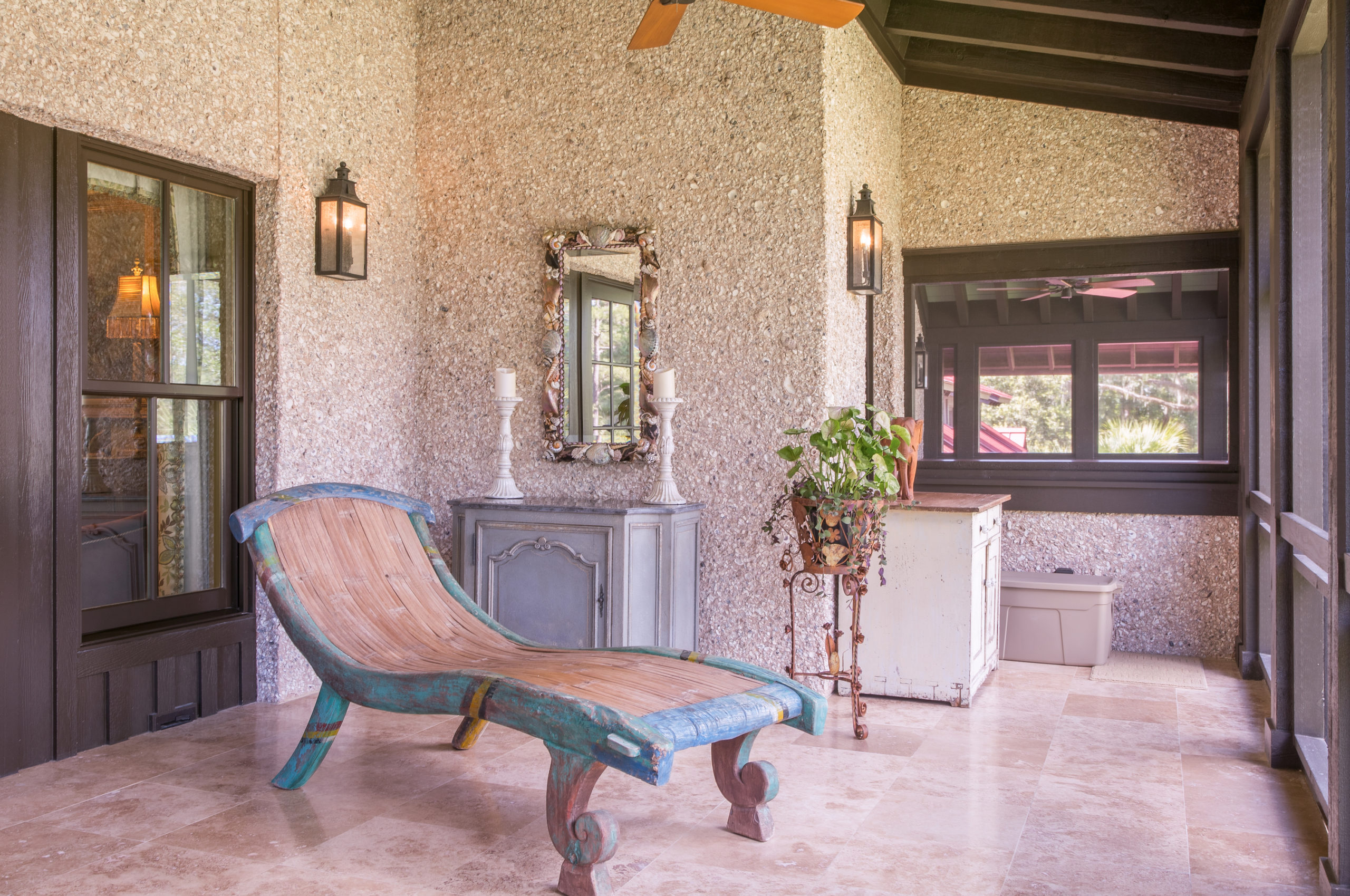
courtesy of palmetto bluff
In 1976, Brooker and his wife, Jane, a fellow architect, took on the restoration of Beaufort’s storied Barnwell-Gough House. It wasn’t long before their team found that the property was full of tabby. “We discovered this building material that I knew very little about,” Brooker says. “And we quickly realized that very few others knew about tabby, either.” To continue the project, Brooker knew he needed to learn all he could about the substance. “That’s what set me down this maddening path of discovery that I’ve been on for more than three decades,” he says.
Through his research, Brooker quickly saw the brilliance of tabby. “It’s simple—those early settlers made the most of what was available to them,” he says. An integral component was the lime, made by burning down the oyster shells that piled up in middens for miles. Brooker also learned that variations of this rammed-earth construction technique had been found well beyond the Southeast, with origins tracing to the tenth century.
Historians speculate that the formula for Lowcountry tabby was stolen from the Spanish when the British stormed St. Augustine, Florida, at the turn of the eighteenth century. More durable than wood in humid climates, the material proved ideal for the coastal settlements of Charleston, Beaufort, and Bluffton. Though the process was arduous, tabby was fairly simple to make—a task that commonly fell to enslaved individuals. With tabby, molds were created for bricks, walls, columns, arches, floors, and even roofs. Today, Palmetto Bluff—a residential community and recreational preserve on the coast of South Carolina—offers a worthy case study of the material’s hardiness. Researchers including Palmetto Bluff Conservancy archeologist Dr. Mary Socci have carefully documented the use of tabby at the Bluff, including its appearance in William McKimmy’s circa 1796 Octagon House, one of the United States’ first architectural marvels.
Ironically, an advantage of tabby also led to its downfall: Following the Civil War, the once-abundant oyster shell middens became depleted, just as a newly manufactured material, Portland cement, gained in popularity. Though the two materials were mixed for a time, the subsequent structures lacked long-term durability. “Many of the ruins we’ve discovered used ocean shells,” Brooker says of construction during this time period. “The builders didn’t wash the salt away, which made for a disaster waiting to happen.” By 1930, tabby had transformed from a staple to a relic of the past.

Photo: courtesy of palmetto bluff
“It wasn’t any one thing that made tabby construction go away,” Brooker says. “Newer technologies and mass-production methods just became the norm.” While Brooker still can’t believe how little was documented about the material, he admits to enjoying the chase. “It’s made this hunt for knowledge all the more of a preoccupation for folks like me,” he says. In 2020, he released his latest book, The Shell Builders, which chronicles this archeological pursuit.
Today, more tabby ruins have been uncovered in Beaufort County than anywhere else in the world. And at Palmetto Bluff, its tradition is honored throughout the grounds, especially in the homes of Moreland Village. There, builders worked to replicate the original tabby effect in foundation walls, fireplaces, porches, and even bowling alley cladding. But the story of tabby is still coming to light, one finding at a time. Brooker says his phone is constantly ringing as folks report discoveries of their own—in Georgia, Florida, Alabama, Texas, and even farther-flung locales such as Morocco and the Bahamas.
“It’s a beautiful and mysterious material,” Brooker says. “In my profession, it’s said that architects don’t retire; they just die. The work is never done, the fascination never subsides. Truth be told, I’m no different when it comes to tabby.”
Visit Palmetto Bluff in Bluffton, South Carolina, for an up-close look at this and more historic Southern architecture. Find more information at palmettobluff.com.
Adapted from a story by Tim Wood for Palmetto Bluff.



